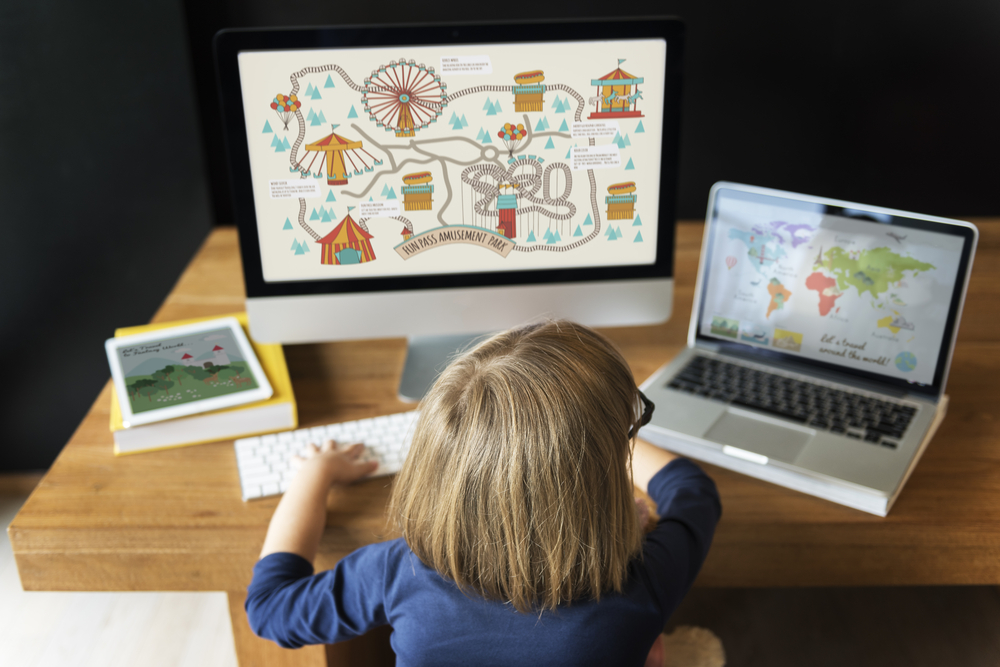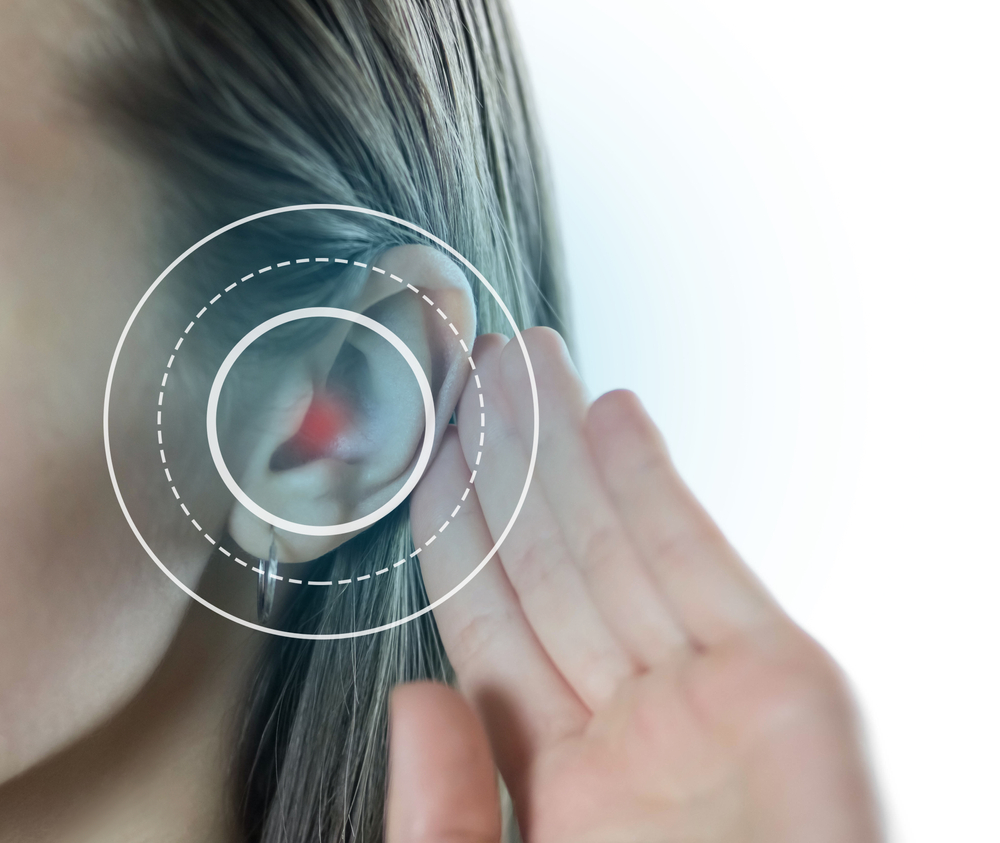Visual recognition Worksheets for 4-Year-Olds
6 filtered results
-
From - To
Discover our engaging Visual Recognition Worksheets for 4-year-olds, designed to enhance your child's ability to recognize and identify shapes, colors, and objects. These printable worksheets feature colorful illustrations that captivate young learners, making learning fun and interactive. With a variety of activities like matching, sorting, and filling in the blanks, children will strengthen their visual skills while developing critical thinking. Perfect for at-home learning or classroom use, these worksheets are suitable for early education and align with preschool learning objectives. Equip your child with essential skills for future academic success! Download and print your worksheets today for an exciting educational experience!
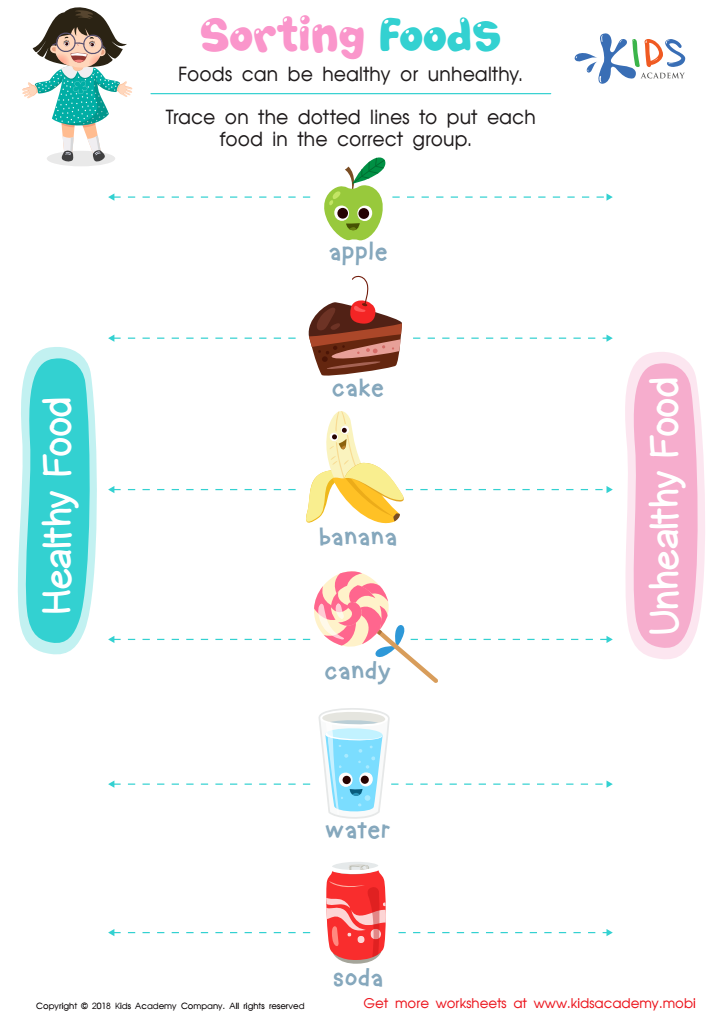

Sorting Food Worksheet
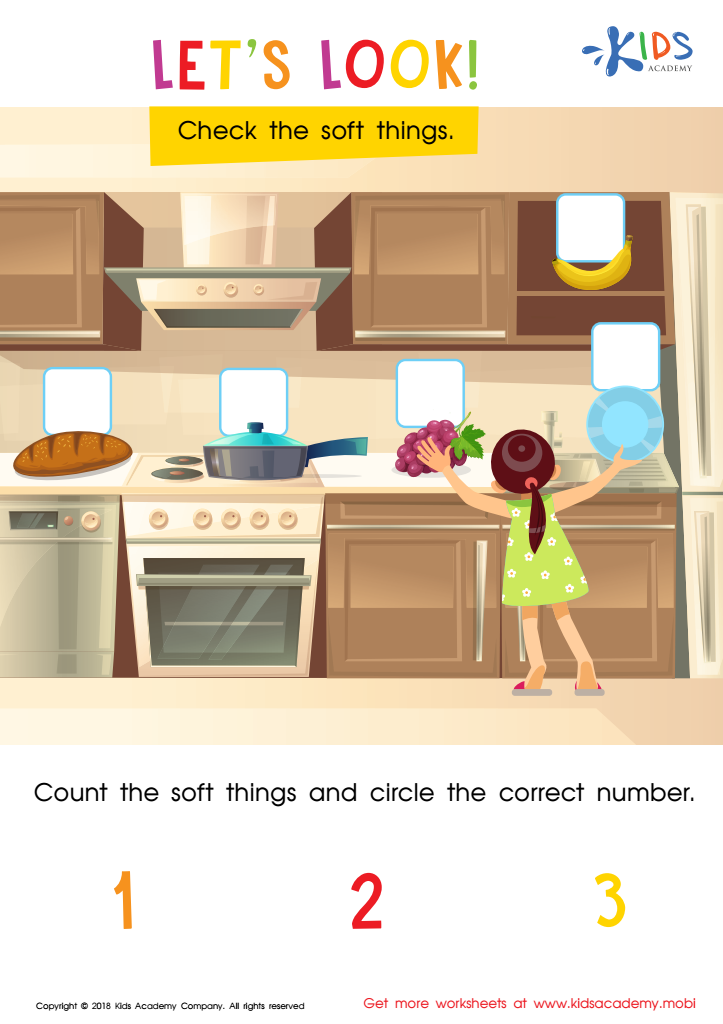

Let's Look! Assessment Worksheet


Let's Look! Part 2 Worksheet
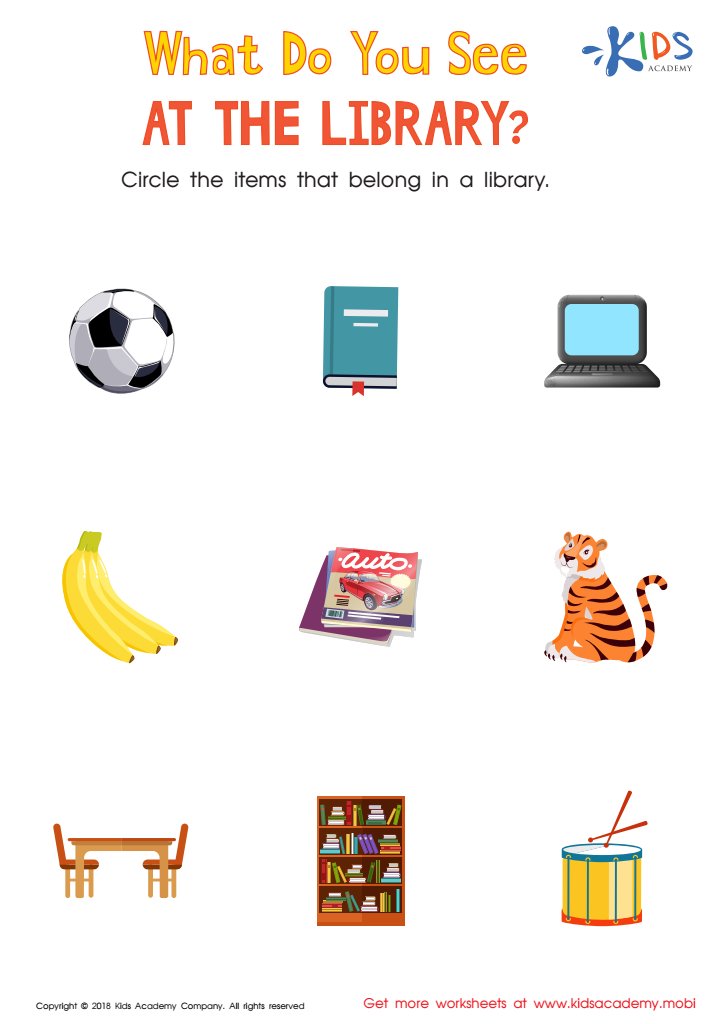

What Do you See at the Library? Worksheet
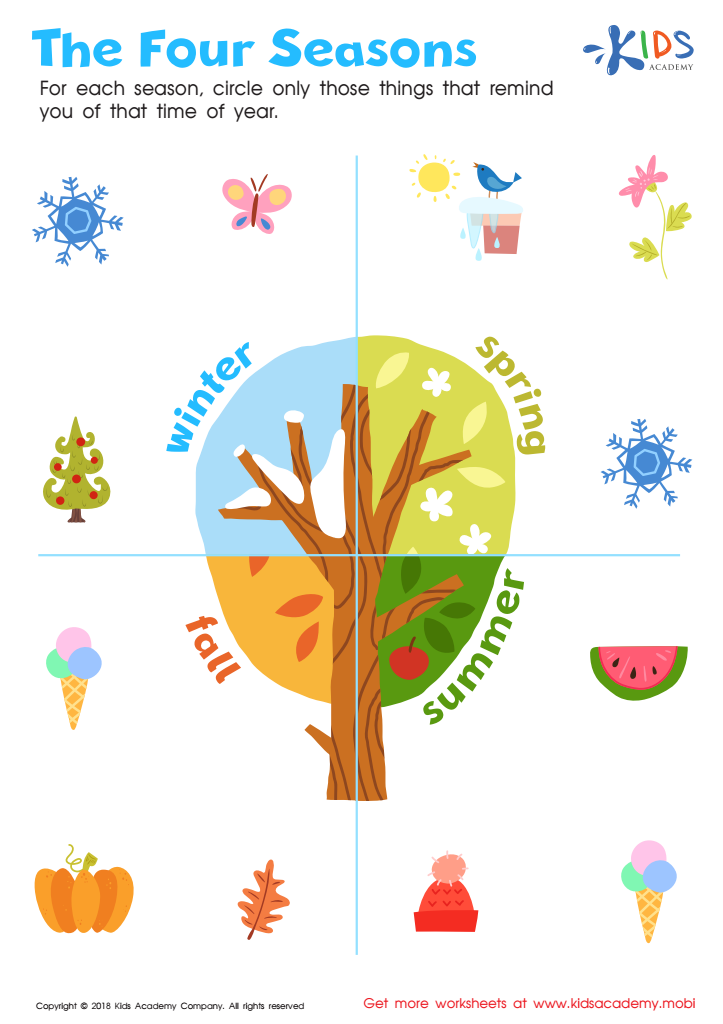

The Four Seasons Worksheet
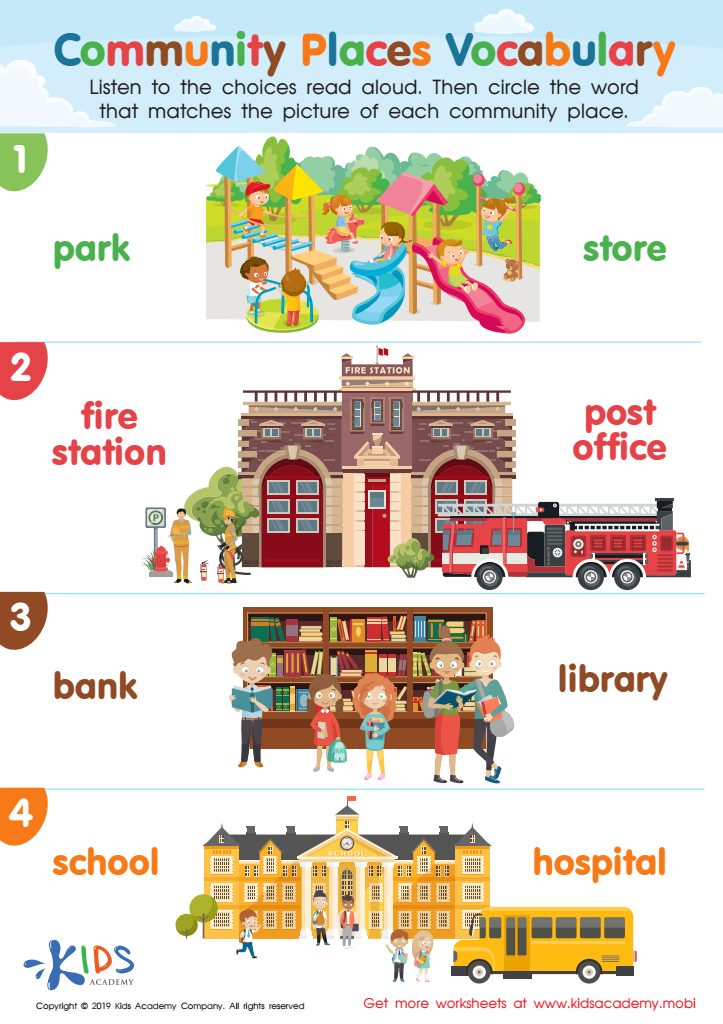

Community Places Vocabulary Worksheet
Visual recognition is a crucial skill for 4-year-olds as it forms the foundation for learning and development in various areas. At this age, children are naturally curious and continually soaking in information from their environment. By honing their visual recognition skills, they enhance their ability to identify and discriminate between different shapes, colors, letters, and objects, which are essential for early literacy and numeracy skills.
Parents and teachers should care about fostering visual recognition because it significantly impacts a child's academic readiness. Engaging in activities that promote visual recognition helps children develop cognitive skills, spatial awareness, and critical thinking. For instance, recognizing letters or numbers is fundamental for reading and math, while distinguishing between various shapes supports their understanding of geometry in later grades.
Moreover, strong visual recognition skills contribute to a child’s confidence and independence. Children who can recognize symbols and signs can navigate their surroundings more comfortably, communicate effectively, and engage in social interactions. This support not only enhances their learning experiences but also aids in their emotional development. By incorporating visual recognition activities at home and in the classroom, parents and educators can ensure that children are well-prepared for future academic challenges and overall personal growth.
 Assign to My Students
Assign to My Students




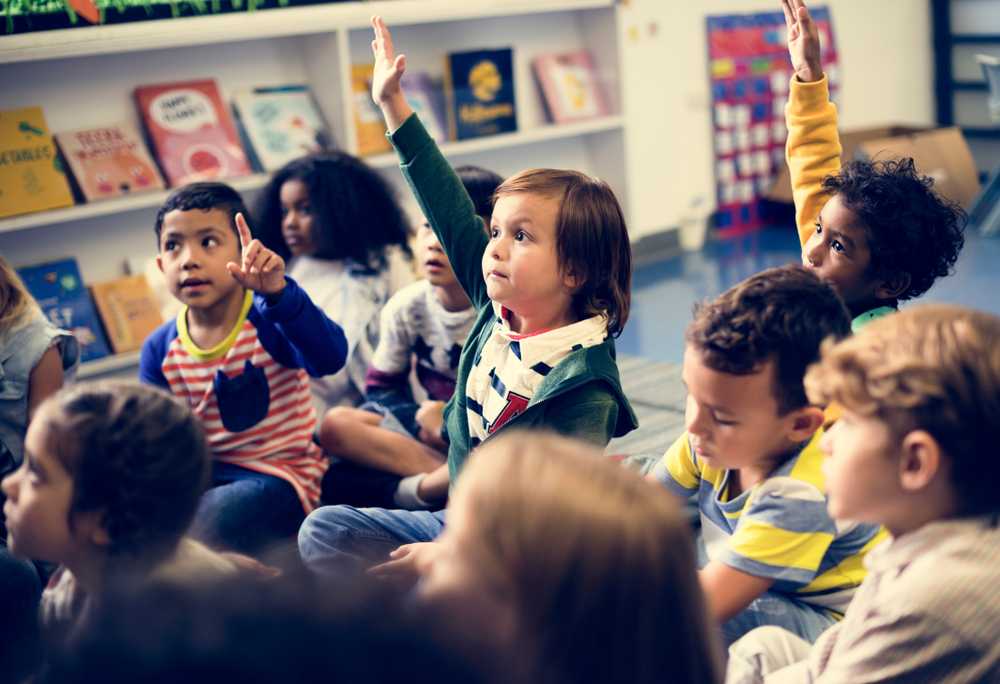
.jpg)
